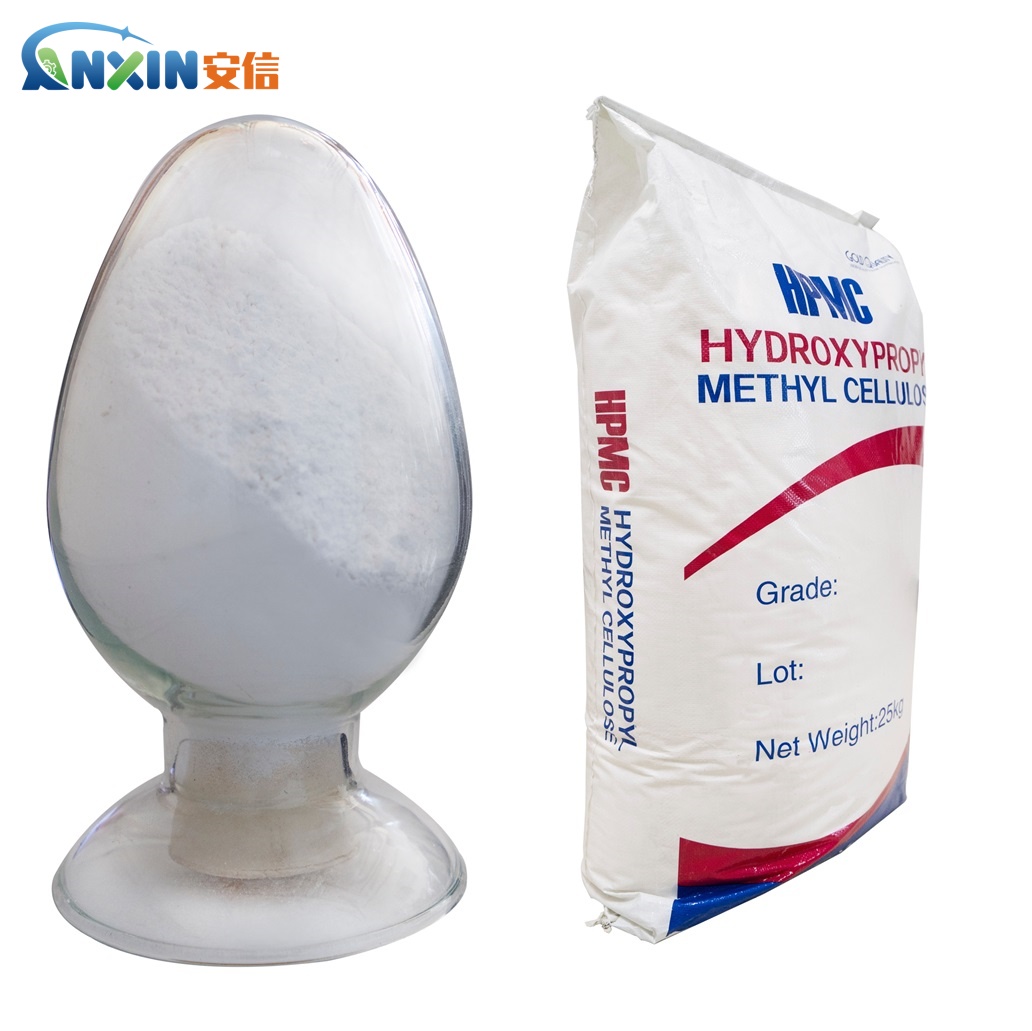Analyzing the Significance of Hydroxypropyl Methyl Cellulose Ether (HPMC) in Dry Mixed Mortar
Hydroxypropyl Methyl Cellulose Ether (HPMC) stands as a vital component in the formulation of dry mixed mortar, playing a multifaceted role in enhancing its performance and properties.
Chemical Structure and Properties of HPMC:
HPMC is a non-ionic cellulose ether derived from natural polymer cellulose through a series of chemical modifications. Its chemical structure comprises repeating units of glucose molecules with hydroxypropyl and methyl substituents attached to the hydroxyl groups. This structural arrangement imparts several advantageous properties to HPMC, including water retention, thickening ability, adhesion enhancement, and rheology modification.
Water Retention and Workability:
One of the primary functions of HPMC in dry mixed mortar is its ability to retain water within the mortar matrix. This property is crucial for maintaining workability and prolonging the hydration process of cementitious materials. By forming a thin film around cement particles, HPMC effectively prevents rapid water loss through evaporation, thereby extending the time available for mixing, application, and finishing.
Improved Adhesion and Cohesion:
HPMC acts as a crucial binder in dry mixed mortar formulations, enhancing both adhesion and cohesion properties. Its molecular structure facilitates strong interactions with various substrates, promoting better adhesion to surfaces such as bricks, concrete, and tiles. Additionally, HPMC contributes to the cohesion of mortar by improving the bond strength between particles, resulting in a more durable and robust final product.
Thickening and Sag Resistance:
Incorporation of HPMC into dry mixed mortar formulations imparts thickening properties, thereby preventing sagging or slumping during vertical applications. The viscosity-modifying capabilities of HPMC enable the mortar to maintain its shape and consistency, ensuring uniformity and stability throughout the application process. This is particularly crucial in overhead or vertical applications where sag resistance is essential to prevent material wastage and ensure structural integrity.
Enhanced Workability and Pumpability:
The presence of HPMC in dry mixed mortar formulations significantly enhances workability and pumpability, facilitating ease of application and reducing labor requirements. By imparting lubricity and reducing friction between mortar particles, HPMC improves the flow characteristics of the mixture, allowing for smoother pumping and application without segregation or blockages. This results in increased productivity and efficiency on construction sites, leading to cost savings and improved project timelines.
Controlled Setting and Cure:
HPMC plays a crucial role in controlling the setting and curing characteristics of dry mixed mortar formulations. By retarding the hydration process of cementitious materials, HPMC extends the working time of the mortar, enabling sufficient time for placement, leveling, and finishing. This controlled setting also minimizes the risk of premature stiffening or cracking, particularly in hot or dry weather conditions, ensuring optimal performance and durability of the final structure.
Compatibility with Additives:
Another significant advantage of HPMC in dry mixed mortar is its compatibility with various additives and admixtures used to enhance specific properties. Whether combined with air-entraining agents, accelerators, or plasticizers, HPMC exhibits excellent compatibility and synergistic effects, further optimizing the performance and functionality of the mortar. This versatility allows for tailored formulations to meet specific project requirements, ranging from rapid-setting to high-strength applications.
the importance of Hydroxypropyl Methyl Cellulose Ether (HPMC) in dry mixed mortar cannot be overstated. Its multifunctional properties, including water retention, adhesion enhancement, thickening ability, and rheology modification, significantly contribute to the performance, workability, and durability of mortar formulations. As an indispensable ingredient, HPMC enables the production of high-quality, versatile mortars suitable for a wide range of construction applications, ultimately driving efficiency, sustainability, and innovation in the building industry.
Post time: Apr-13-2024
